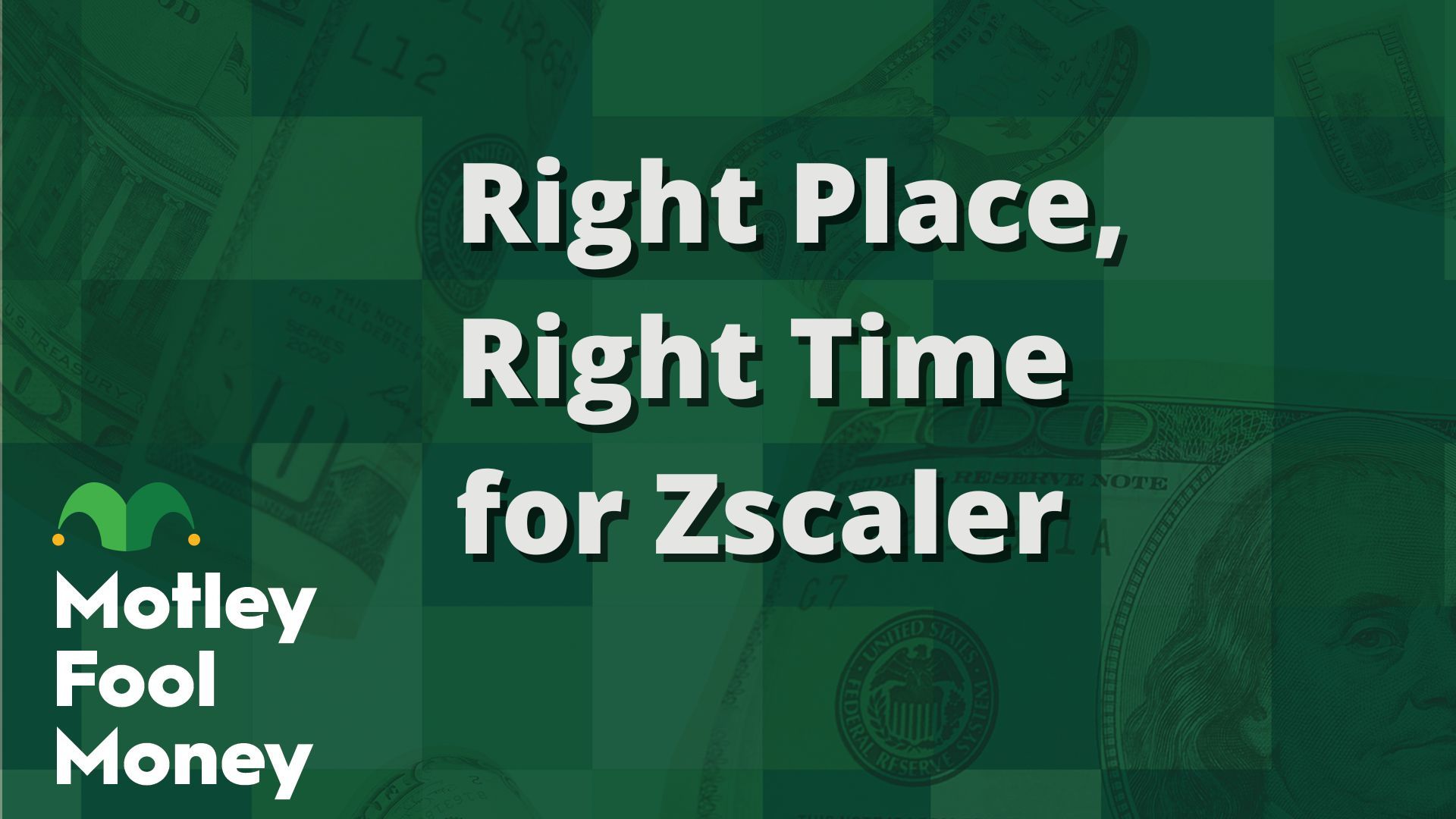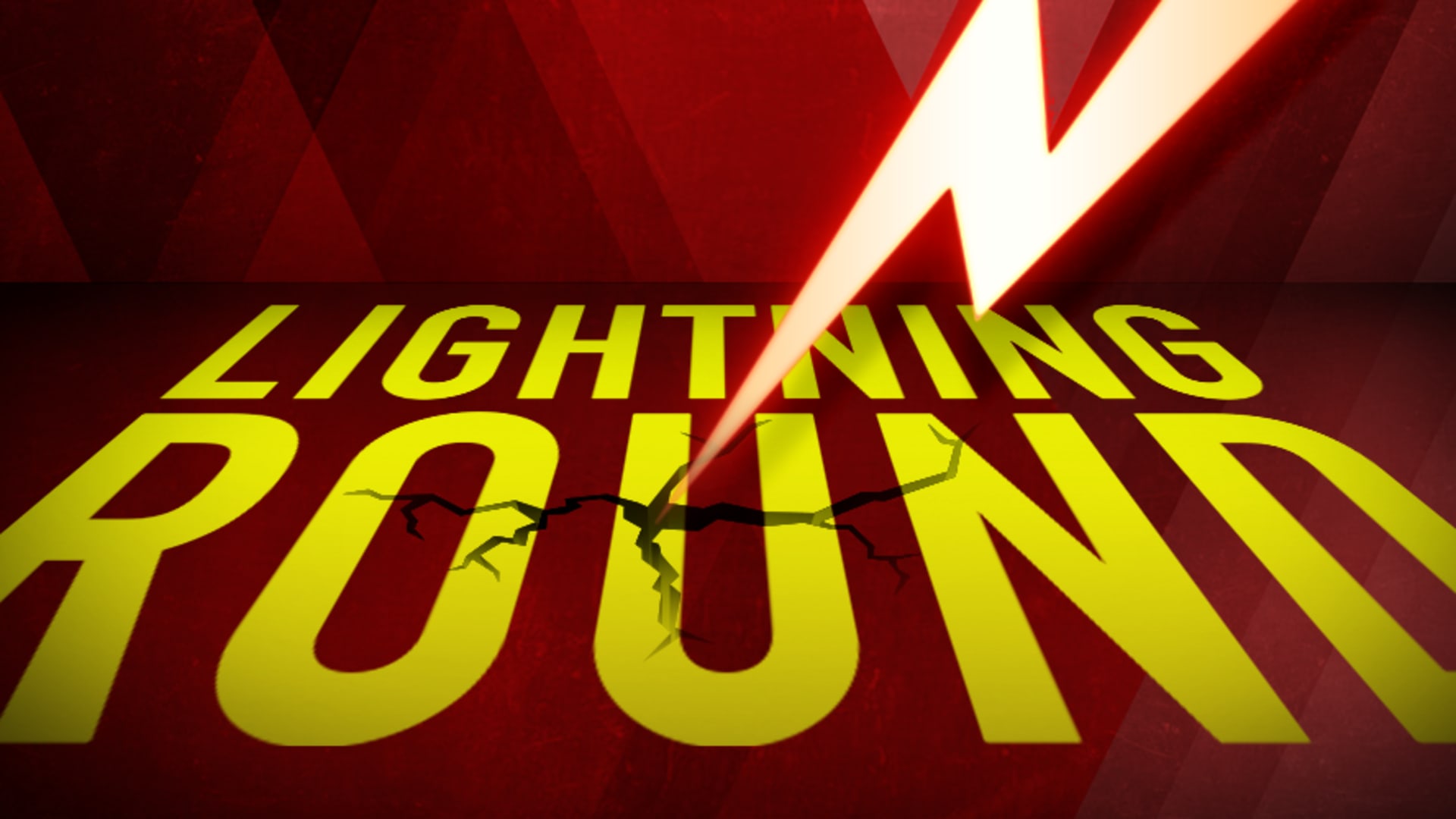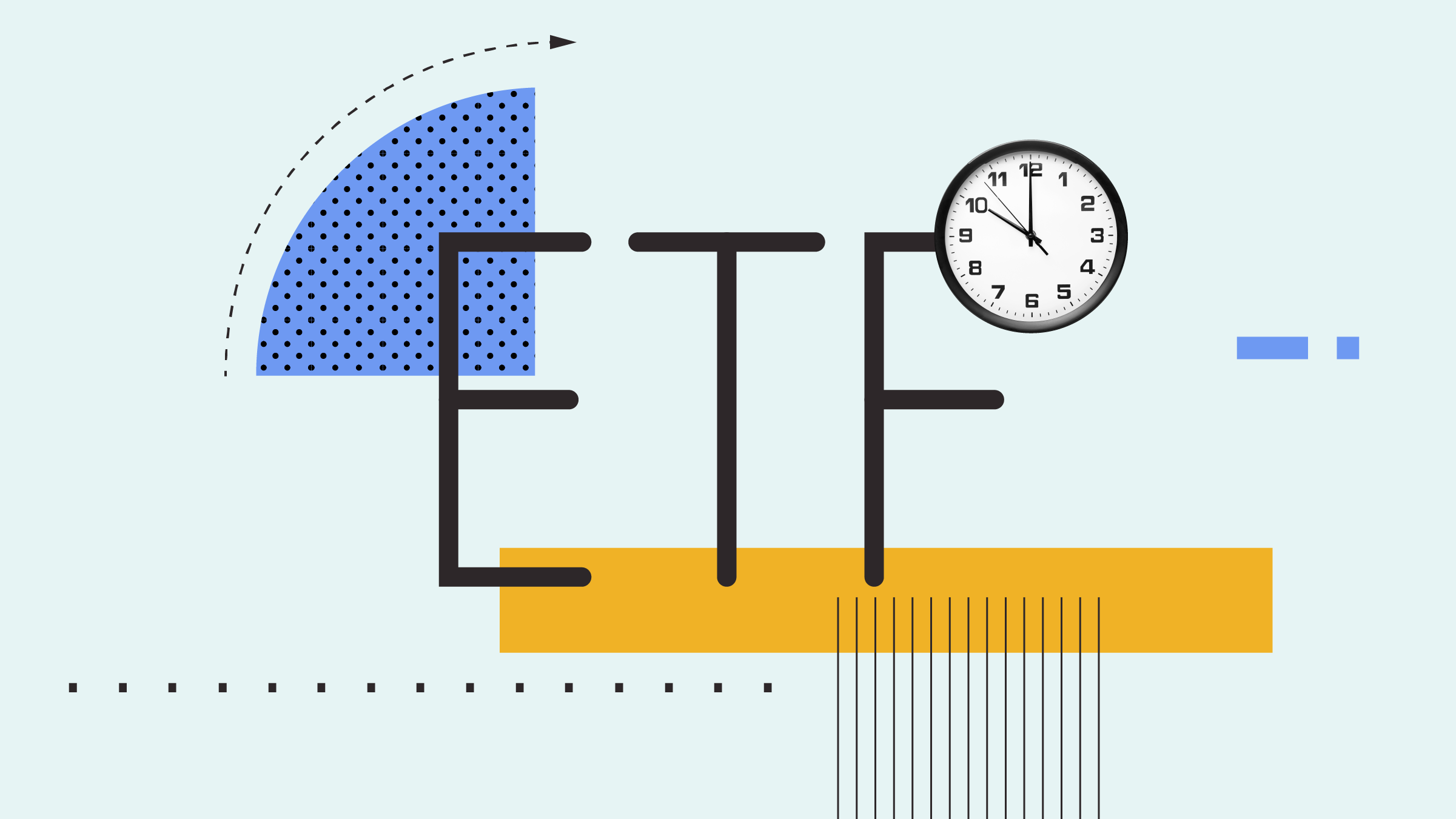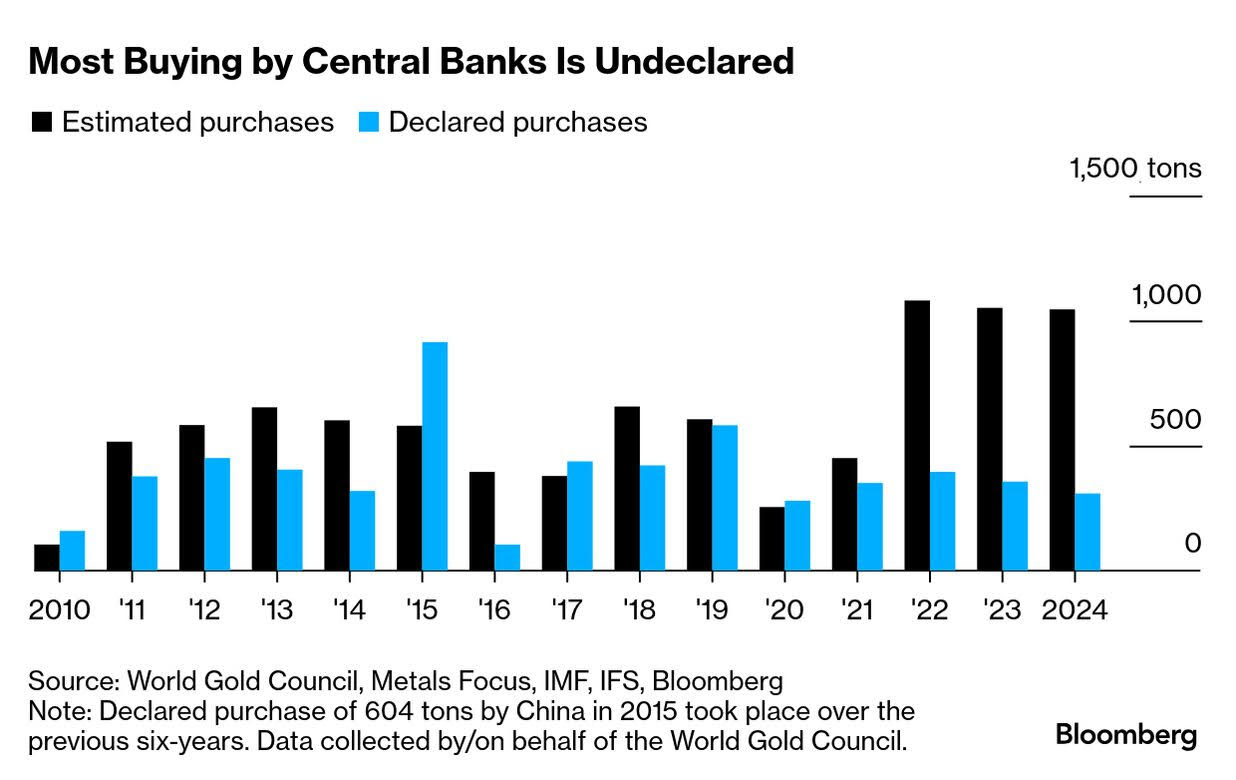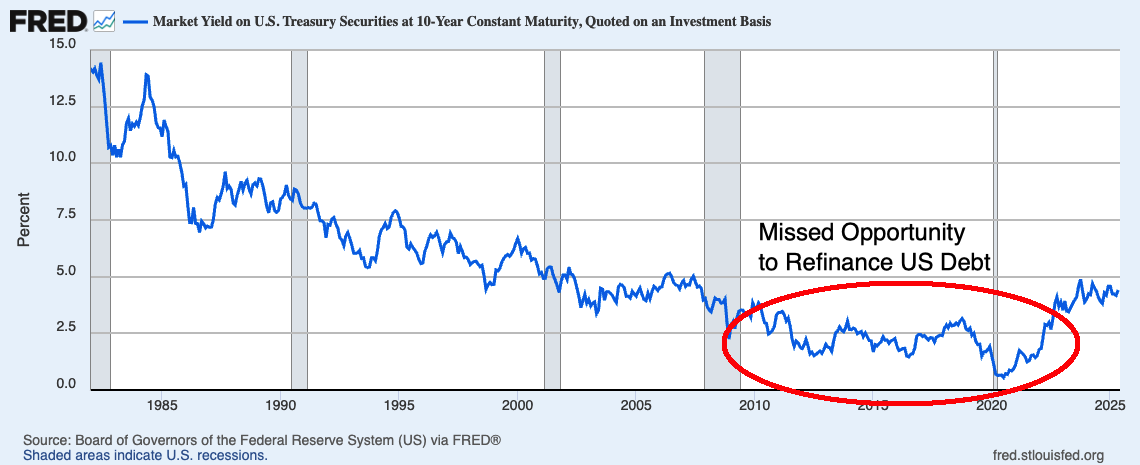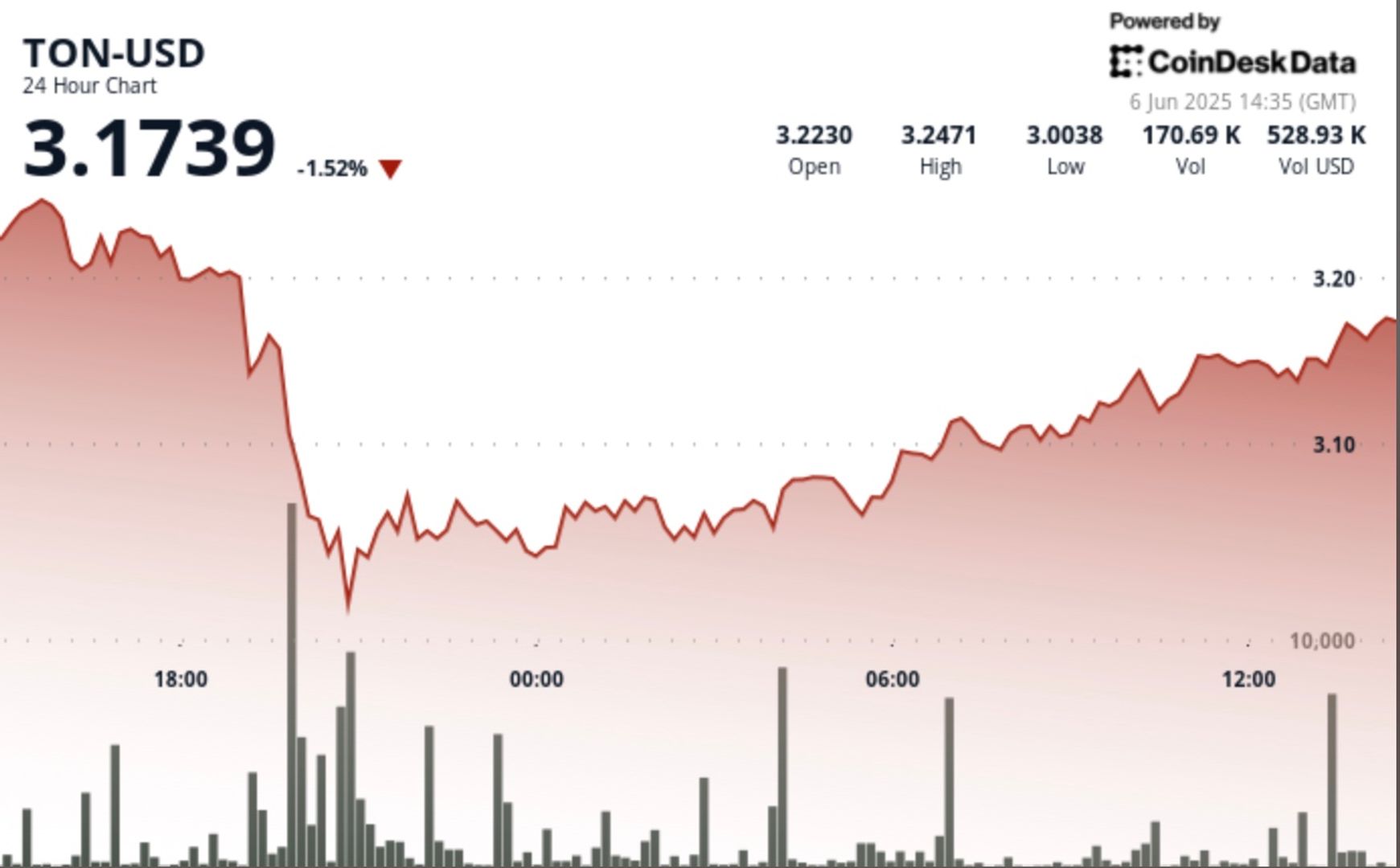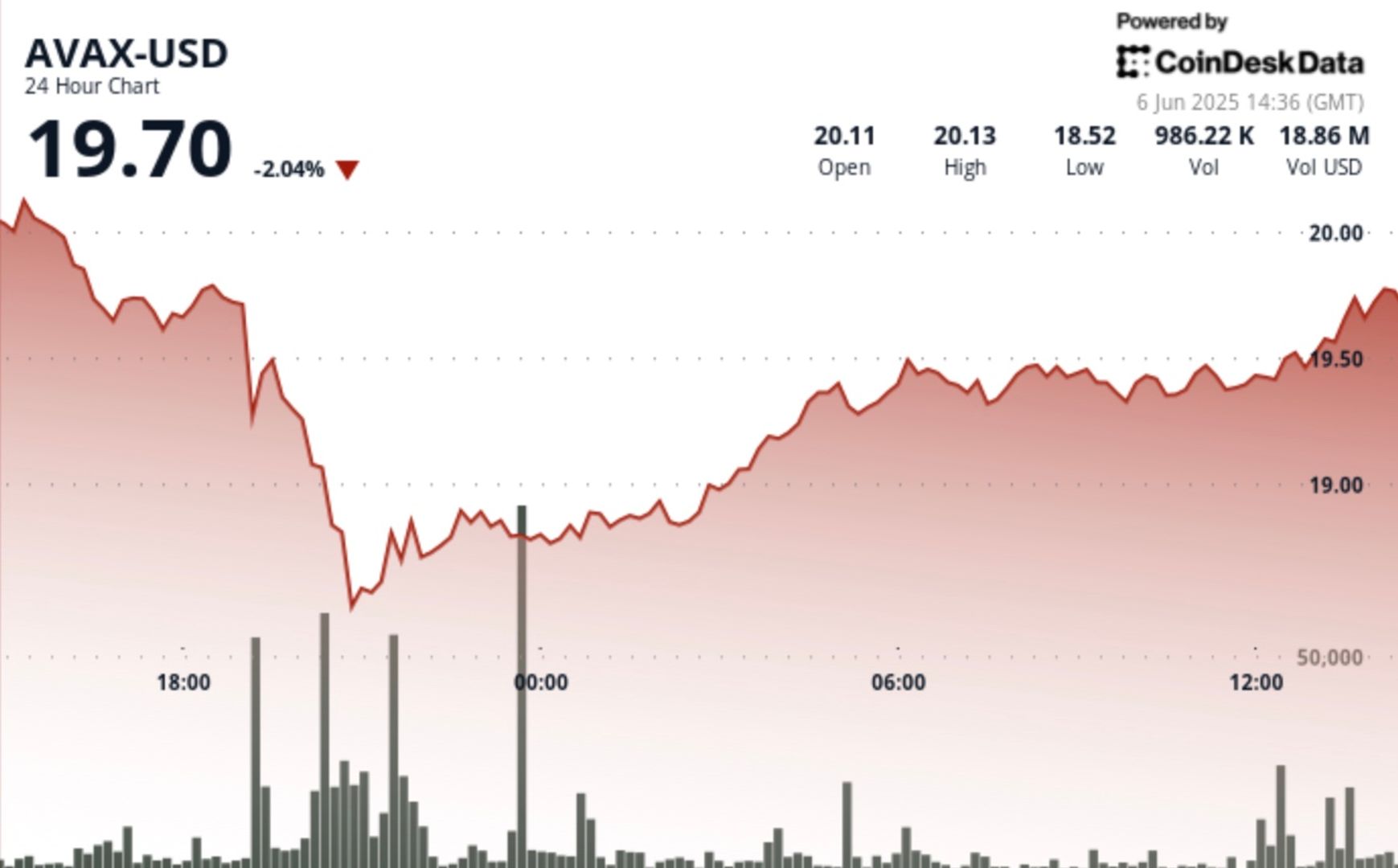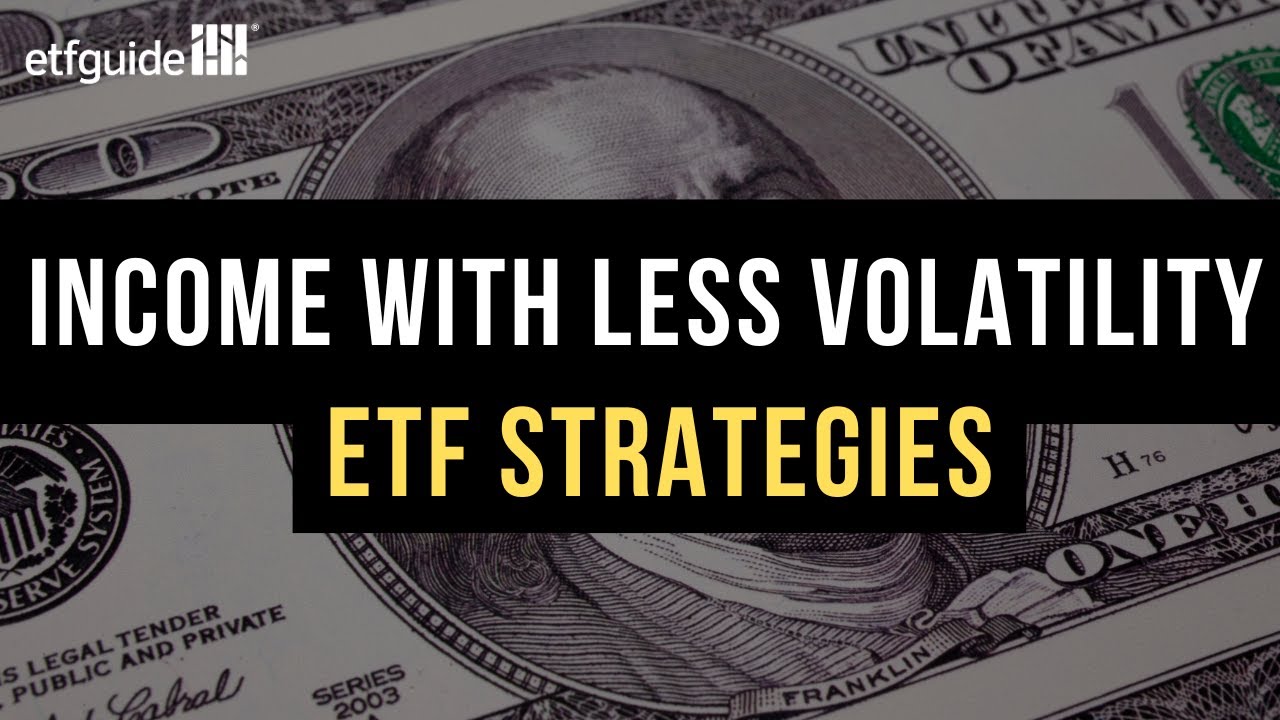I’m 65 with $2.5 million stashed in a 401(k) – is it time to stop contributing and avoid a tax nightmare down the road?
Long a prime topic among those who are in their middle age and later years, retirement account nest eggs and taxes are the positive and negative forces that plague anyone who has taken the time to actively plan that far into their future. The emergence and spread of the FIRE (Financial Independence Retire Early) ethos […] The post I’m 65 with $2.5 million stashed in a 401(k) – is it time to stop contributing and avoid a tax nightmare down the road? appeared first on 24/7 Wall St..
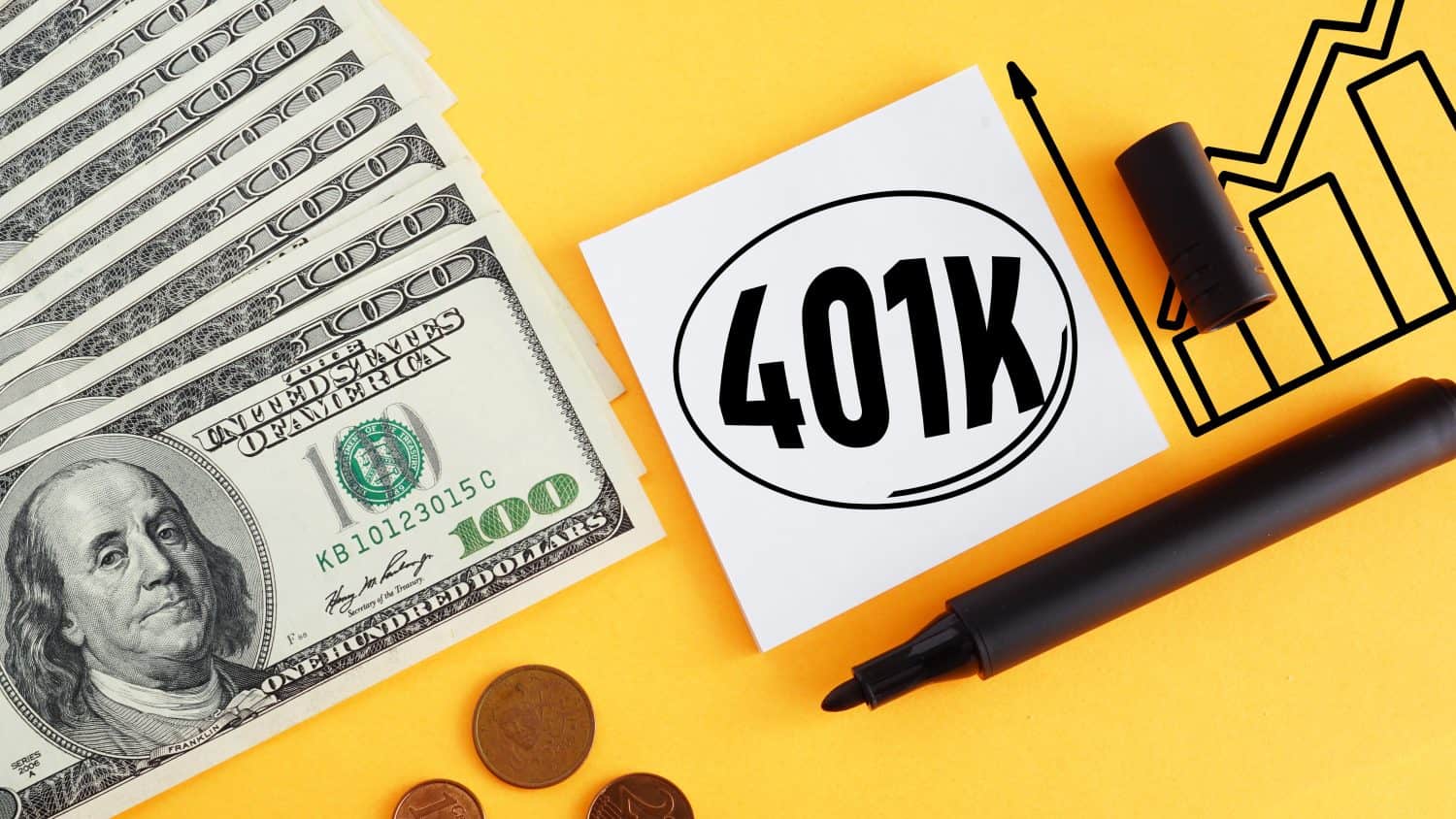
Key Points
-
Depending on what one’s Safe Withdrawal Rate (SWR) is, income tax on retirement funds, especially when Required Minimum Distribution (RMD) age is reached, can get onerous.
-
There are strategies that can be used to minimize taxes that may be worth consideration, depending on one’s specific circumstances.
-
FIRE adherents who plan to retire while still in their 50s will require the larger retirement savings accumulation in order for their SWRs to last the extra years beyond the standard 30-year calculation benchmark.
-
Are you ahead or behind on retirement? Retirement topics can be intimidating for laymen with questions and only limited knowledge of their portfolio strategy options. SmartAsset’s free tool can match you with a financial advisor in minutes to help you answer those questions today. Each advisor has been carefully vetted and must act in your best interests. Don’t waste another minute – get started by clicking here.(Sponsor)
Long a prime topic among those who are in their middle age and later years, retirement account nest eggs and taxes are the positive and negative forces that plague anyone who has taken the time to actively plan that far into their future.
The emergence and spread of the FIRE (Financial Independence Retire Early) ethos has fueled a strong interest on the part of Millennials and Gen-Z about retirement as well. Planning retirement early on and practicing the FIRE philosophy, which entails maximizing earnings, aggressive investing for wealth building and frugal spending, is both prudent and laudable – but retiring early can entail even larger commensurate income tax considerations – especially when the nest eggs are also larger. Luckily, there are strategies that can be deployed to help to mitigate the tax bite.
Bigger Nest Egg, Higher Tax Bracket, and The Looming RMD Trap

A FIRE practitioner recently ran some numbers as to the size of a retirement nest egg and what the corresponding tax bracket would be based on a standard 4% annual Safe Withdrawal Rate (SWR). He wound up posting the scenarios on Reddit with the notion of soliciting opinions and tips. The two examples he gave were:
- A traditional 401-K account holding $2.5 million. A 4% SWR for a 65-year old filing taxes jointly with a spouse winds up in the 12% bracket for $100,000 per year. The assumption is that the balance would not have increased by the time the Required Minimum Distribution (RMD) age is reached, so the tax bracket would remain unchanged.
- A similar traditional 401-K account holding $5 million. A 4% SWR for a 65-year old filing taxes jointly with a spouse winds up in the 24% bracket for $200,000 per year. The assumption is that the balance would not have increased by the time the Required Minimum Distribution (RMD) age is reached, so the tax bracket for this would also remain unchanged.
The poster also noted the following:
- His employer does not have a Roth IRA option.
- He is planning to retire at age 55.
- The poster’s strategy is to utilize a primary brokerage account to fund regular retirement expenses.
- By his calculation, going out for 30 years at the various growth rate trends being prognosticated by analysts makes him apprehensive, since the RMD in his latter years will inevitably bump up his tax bracket.
Tax Mitigation Strategies
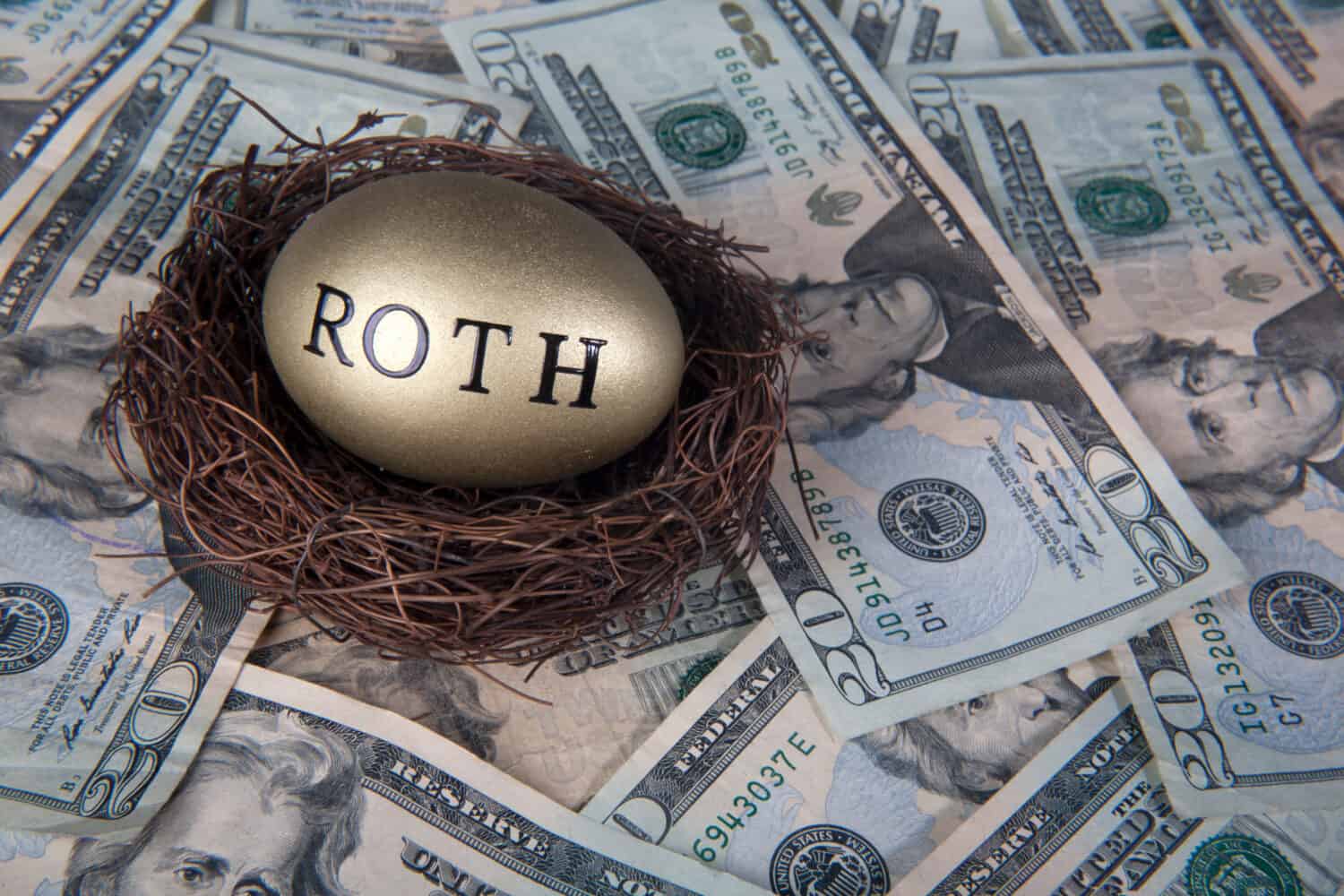
There are several strategies that those with larger retirement account nest eggs can utilize to help mitigate income taxes prior to or in the midst of retirement.
- 401-K to Roth IRA Conversions – Although the poster stated that his employer does not offer this option, others have utilized it successfully. It involves moving 401-K amounts into a Roth IRA and paying the taxes due for the transferred funds so that they can grow tax free going forward.
- Changing SWR Rate and/or Nest Egg Total: If the OP changed the SWR so that ⅓ of the annual amount can be allocated for taxes, the annual SWR should equate to $134,000 so that he could net $100,000. Mathematically, that means that the nest egg base amount needs to be roughly $3.4 million. On the other hand, if he is not a big spender or has side hustles that provides additional income, he can consider lowering his SWR percentage.
The Rule 72t Option

The Rule 72t option is designed especially for early retirees or for people who need access to funds while between jobs. It allows for one to make penalty-free withdrawals from a retirement account starting before age 59 ½ under the following circumstances:
- SEPP (Substantially Equal Periodic Payments) – the calculated amount must be withdrawn for at least 5 years or until age 59 ½, whichever period is longer.
- The SEPP amount can be calculated as an RMD based on life expectancy, an annuity type model, or as a fixed amortization based on a calculated depletion rate according to life expectancy.
- Rule 72t waives the 10% early withdrawal IRS tax penalty, although standard federal income tax would still apply.
Using Rule 72t could ostensibly allow the poster to shift enough of his nest egg into his primary brokerage accounts to serve as a substantially large enough base to preclude the need for tapping the retirement account unnecessarily. It would also lower the principal holdings so that RMDs would have a less severe impact.
While pending legislation includes raising the age at which RMD starts (currently at 73) and President Trump’s proposal to eliminate federal income tax altogether, these strategies are worth researching in the here and now, depending on one’s degree of urgency. Of course, since this article is only meant to be informative, any more comprehensive analysis and advice should be solicited from a retirement account financial professional.
The post I’m 65 with $2.5 million stashed in a 401(k) – is it time to stop contributing and avoid a tax nightmare down the road? appeared first on 24/7 Wall St..































